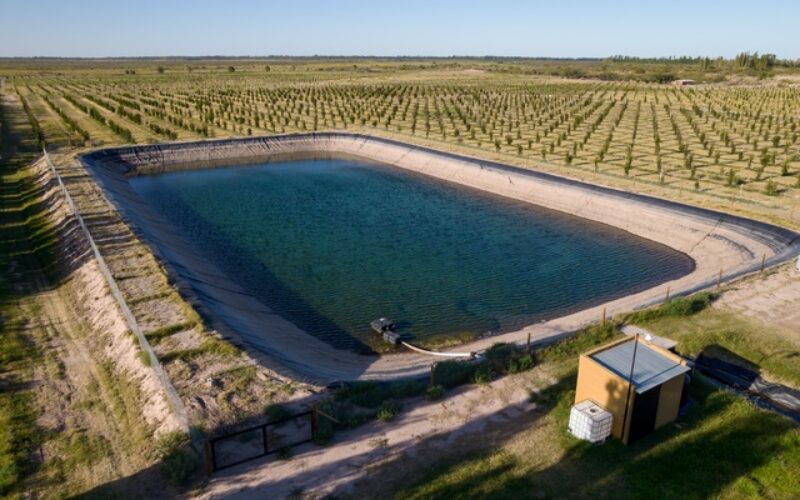Rather than lose crop yield or delay irrigation cycles, many winery operators invest in lined ponds as on-site reservoirs. These pond systems provide flexibility during drought periods, while also helping growers respond to weather shifts without compromising grape development.
Creating Reliable On-Site Water Storage
Vineyards often construct artificial ponds near their fields to store irrigation water throughout the year. Clay-heavy or sandy soils absorb moisture rapidly, so vineyard managers line ponds to retain usable water during the driest seasons. Many wineries experience fewer water delivery delays after installing high-integrity liners that prevent seepage into unstable terrain.
Some vineyards use reinforced liners to stabilize ponds located on slopes or cut into embankments. The top materials for ditch and pond lining reduce soil shift and allow operators to scale up water storage without sacrificing safety. Wineries use pond liners to manage irrigation water by installing them in ponds that support irrigation flow during late-season drought pressure.
Supporting Drip Irrigation Systems
Modern vineyards favor drip irrigation due to its precise delivery and minimal waste. However, drip networks demand consistent water flow, which becomes difficult without a reliable storage source. Lined ponds feed gravity or pump-driven irrigation systems while protecting water from evaporative loss.
Filters and emitters in drip lines clog easily when sediments enter the system. Vineyard teams often place intake points above pond liners to reduce exposure to silt and debris. Another way wineries use pond liners for managing irrigation water is by supplying clean, sediment-free reserves that keep drip systems performing without costly interruptions.
Preventing Water Loss Across Varied Terrain
Sloped vineyard regions lose water rapidly when the soil lacks cohesion or holds too many air pockets. By lining pond walls and floors, vineyard owners prevent lateral water escape and reinforce structural stability. Water held in unlined ponds often disappears before reaching irrigation pumps or delivery pipes.
Some vineyard operators install liners with reinforced edges to keep berms intact during heavy use or storm runoff. Strong materials remain flexible while maintaining barrier integrity along pond contours. Operators who manage multiple elevation levels depend on these liners to retain water consistently from block to block.
Meeting Environmental Regulations and Local Compliance Standards
Agricultural regulators in Virginia and across the U.S. increasingly evaluate water storage practices during routine inspections. Wineries that install visible liners demonstrate a clear effort to protect groundwater and minimize runoff impact. Visible efforts often lead to better compliance outcomes and less frequent reporting requirements.
Wineries looking to qualify for sustainability programs often point to pond liners as part of their broader conservation strategy. Documented reductions in seepage loss support long-term goals and strengthen grant applications. Regulatory reviews improve when evidence of water management appears throughout vineyard infrastructure.
Wineries that install quality pond liners gain year-round control over irrigation while protecting both yield and compliance. Treating pond design seriously avoids last-minute fixes and improves operational flow.
Image Credentials: by SobrevolandPatagonia, 574694651
end of post … please share it!
-------------------------------------------------------------------------------------------------------------
-------------------------------------------------------------------------------------------------------------
home remodeling reference (links to internal page)
 |
 |
 |
 |
| directory | photos | forms | guide |
Helpful article? Leave us a quick comment below.
And please share this article within your social networks.











